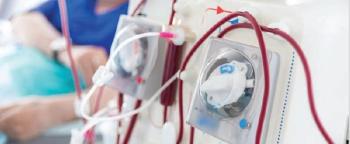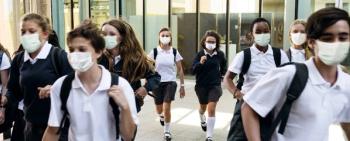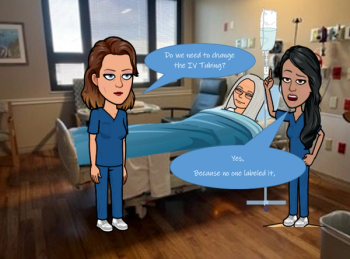
A recent study's results also could indicate how other vaccinations, including COVID-19 and pneumonia, affect patients.

A recent study's results also could indicate how other vaccinations, including COVID-19 and pneumonia, affect patients.

Take 5 minutes to catch up on Infection Control Today’s highlights for the week ending April 1.

The COVID-19 pandemic strengthened the relationship between infection preventionists and clinicians, but how can both parties ensure continued collaboration?

The FDA authorized a second booster for both Pfizer and Moderna vaccination recipients 4 months after first booster shot.

Rethinking the application of air disinfection in the era of COVID-19.

Take 5 minutes to catch up on Infection Control Today’s highlights for the week ending March 25.

Investigators concluded that HCPs can safely return to work after 7 days of quarantine if they test negative for COVID-19 on days 5 to 7.

The dose is half the antigen amount for adults but with similar amount of titers.

The hemodialysis setting presents a challenge for environmental cleaning and disinfection because of the demand for rapid turnover of stations.

How do you protect against waterborne infections when water itself is nearly ubiquitous?

Other nations, such as Sweden and Australia, outperformed the US metrics.

The FDA approved the Moderna vaccine as a 2-dose primary series for persons 18 years of age and older earlier this year.

The system gives infection preventionists another tool to combat the pathogen despite implementation challenges.

Summary: Take 5 minutes to catch up on Infection Control Today’s highlights for the week ending March 18.

The study examined the impact of COVID-19 pandemic on specific types of infections, including MRSA and CDIs.

Ratings, ownership, and prior infection control citations of facilities were not consistent outcome indicators.

Pfizer CEO, Albert Bourla, said in nationally televised interview that it is necessary to fend off waning protection.

Multiple studies and reports show that masks in schools are effective, safe, and necessary because COVID-19 is not going away.

Take 5 minutes to catch up on Infection Control Today’s highlights for the week ending March 11.

Key recommendations in the report include normalizing mask wearing and avoiding the supply chain failures.

A new study supports the conclusion that the “brain fog” reported by many who have recovered from mild COVID-19 infection is real and has an anatomical basis.

A letter has been sent to more than 4500 veterans stating that reusable instruments used in medical procedures may not have been sterilized properly at a Georgia hospital.

Compliance has increased up to 50% on key infection prevention and control practices at a South Carolina health system due to these short emoji-cartoons.

Choosing which device to use may depend on the bacteria prevalent in the laboratory or patient room.

Take 5 minutes to catch up on Infection Control Today’s highlights for the week ending March 4.